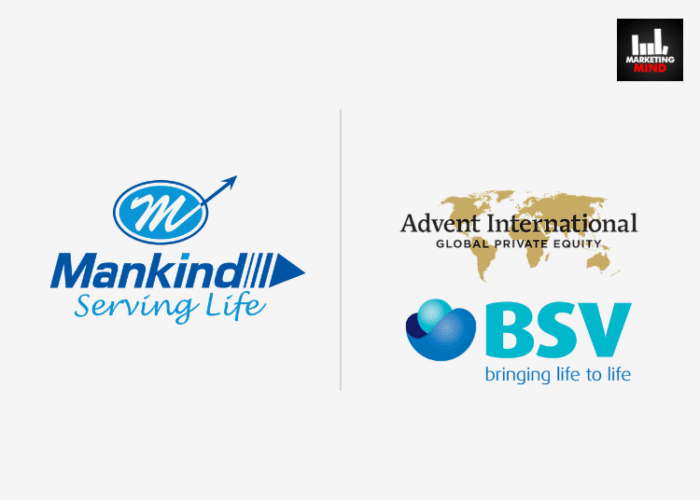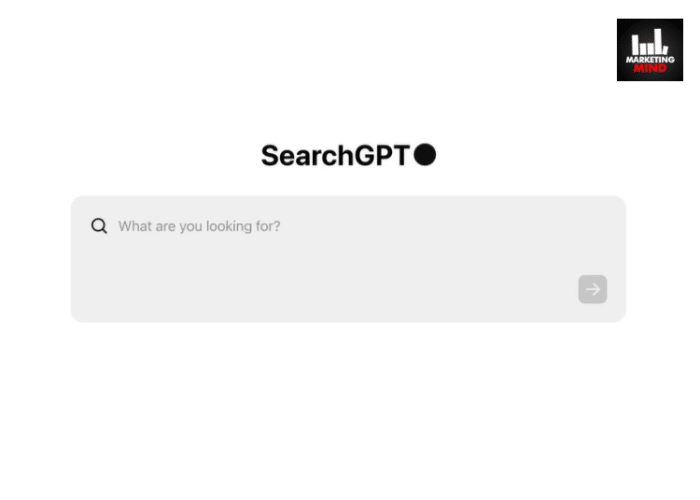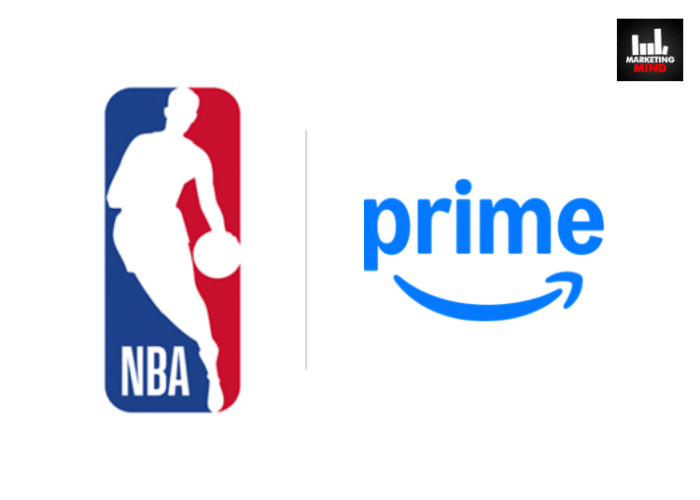Have you guys ever come across people throwing around words like inbound and outbound marketing? You must be thinking these are just some buzzwords marketers use to sound cool, cause we all think marketing professionals love to make up words as their entire profession depends on convincing people to buy things using language. But these two words embody a kind of cultural shift in the entire concept of how marketing works, particularly across channels.

These two basic types of marketing – inbound and outbound are different and involve different strategies and techniques.
Outbound Marketing
What Is Outbound Marketing?
Outbound marketing is just another name for “traditional advertising methods”.Outbound marketing is known as “interruption” or “push” marketing, uses tactics that get a message to a large number of people in an effort to make a sale. The basic idea is that advertisers use mass media tools to push their message and products out to the public. TV and radio ads, telemarketing, banner and display ads, billboards, newspaper and magazine ads, cold calling are all examples of outbound marketing. But, Outbound marketing has fallen out of favour in the last 10 years.
Problems With Outbound Marketing:
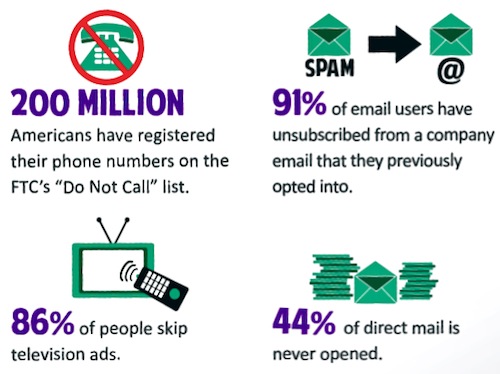
1. These marketing tactics used to be effective, but nowadays these ads are so saturated and so similar that people no longer pay attention to them.
2. Traditional marketing is interruptive. Commercials interrupt television shows. 86% of people skip TV ads. With the growing number of online TV streaming services and DVR capabilities, television ads can be fast-forwarded. Digital music services and satellite radio make it easy for listeners to avoid radio advertising.
3. The door to door salesman and cold calls interrupt what people are doing to present a sales pitch.
4.91% of mail users have unsubscribed from emails they previously opted into. Why? Most likely, the content wasn’t relevant to them. 44% of direct emails are never opened.
5. The average banner ad response rate is one-tenth of one percent.
This push advertising worked in the mass media age, but modern communications technology has allowed people to escape and avoid these annoying interruptions.
Also Read: What Is The Difference Between A Customer And A Client?
Inbound Marketing:
What Is Inbound Marketing?
Inbound marketing is a relatively new marketing concept where marketers attempt to “pull” in potential customers with interesting content. Inbound marketing is “magnetic.” Rather than sending out general messages to an uninterested audience, inbound marketing allows attracting those who are actively looking online for solutions. Content is the heart of inbound marketing: website content, blog content, and downloadable (“advanced”) content offered on a website, like white papers, guides, tip sheets and others. It relies on the development of modern communications technology like the Internet, mobile phones and social media to attract consumers.
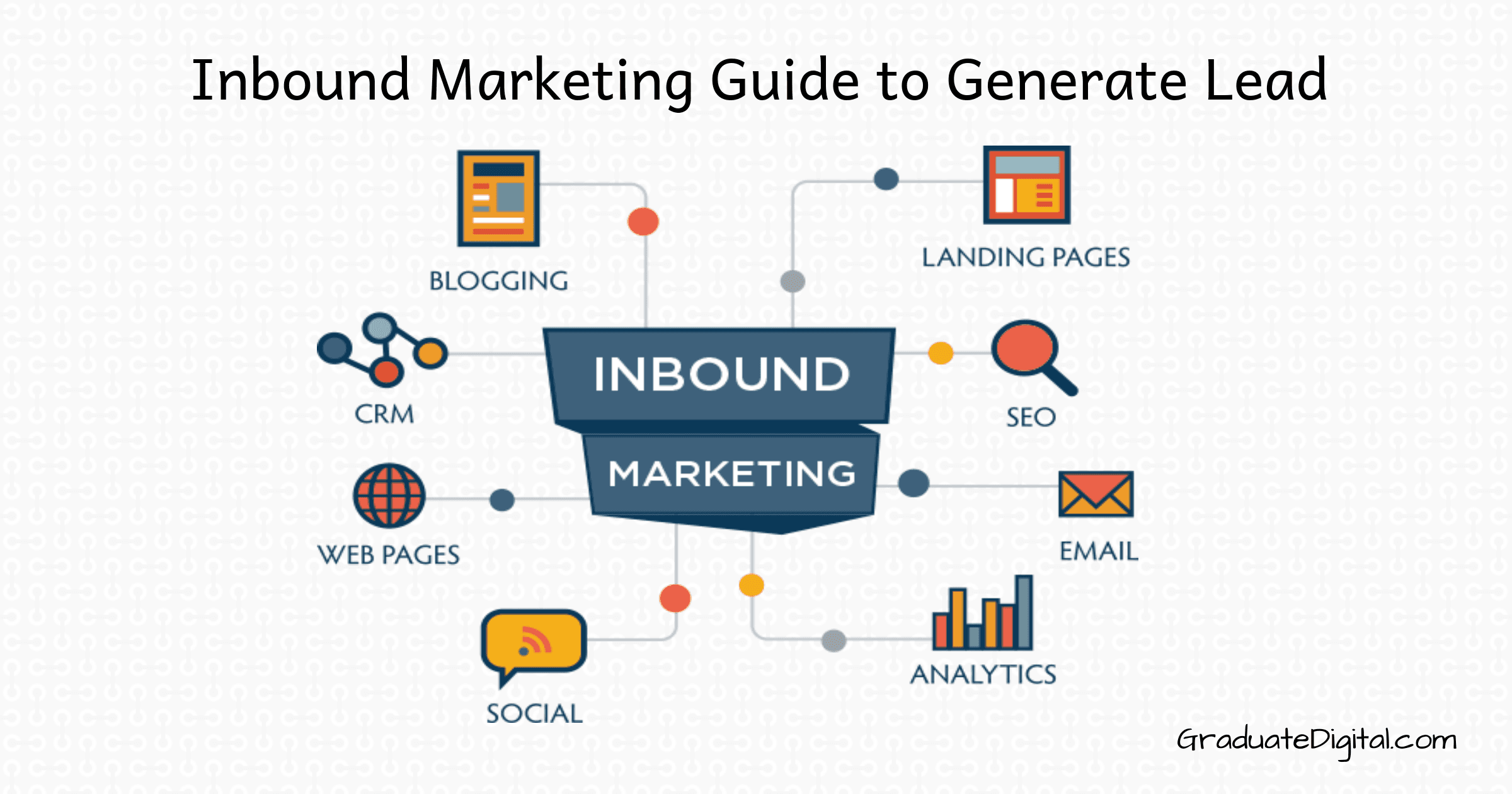
Benefits Of Inbound Marketing:
1. Inbound marketing is less expensive and anyone with the right skills can do it. Most of the work can be done on the front end building the site, optimizing with SEO and building a website traffic strategy. Social media is a relatively inexpensive way to find the target market compared to traditional advertising and print media.

2. Another huge advantage of inbound marketing is that it’s a form of two-way communication where the customer interacts with the business in a dialogue. They post on the company’s Facebook wall, comment on business blogs, or take part in contests.
3. 57% of online users view content at least once per month and the average user spends 20% of their online time viewing content.70% of people would rather learn about a company through content versus advertising.








